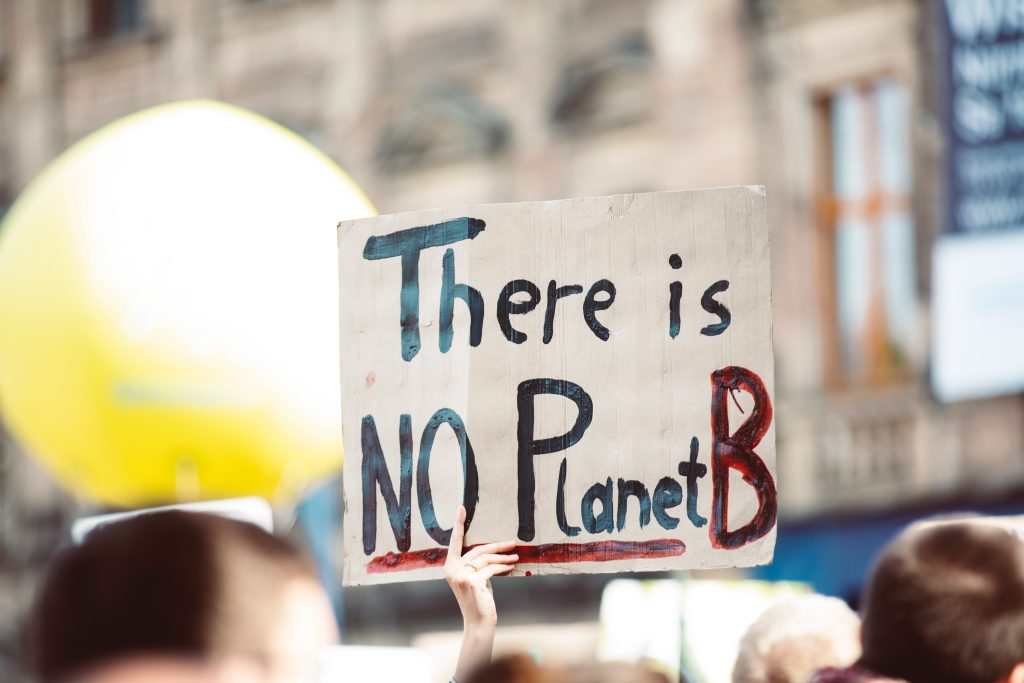 Climate justice is a branch of the environment justice movement which addresses disparate social, economic, physical, and psychological impacts of global climate disruption. Adverse impacts stem directly from climate change (e.g. sea level rise, extreme weather events, flooding), and indirectly from trends that are exacerbated by climate disruption (e.g. human conflict around natural resources, displacement/migration). Explosion of invasive species’ populations and loss of biodiversity from climate disruption affect the livelihoods of many.
Climate justice is a branch of the environment justice movement which addresses disparate social, economic, physical, and psychological impacts of global climate disruption. Adverse impacts stem directly from climate change (e.g. sea level rise, extreme weather events, flooding), and indirectly from trends that are exacerbated by climate disruption (e.g. human conflict around natural resources, displacement/migration). Explosion of invasive species’ populations and loss of biodiversity from climate disruption affect the livelihoods of many.
Climate justice seeks to address both intra-and inter-generational fairness. Those countries, populations, and communities least responsible for greenhouse gas emissions are often the most vulnerable to impacts from a disrupted climate because of where they live, how they make their living, and their ability to adjust. As an example of this asymmetry, the relatively wealthy United States contributes about 14% of global carbon dioxide emissions but has only about 4.3% of the world’s population. Moreover, because the climate responds slowly to increases in atmospheric greenhouse gas (GHG) concentrations, future generations that will have to cope with a warming planet have no say in GHG-emitting decisions made by the current generation. The climate justice movement seeks to reconcile these inequities and disconnections in the design and implementation of GHG mitigation and climate adaptation strategies. Overlaying climate justice on such strategies may incorporate initiatives for workers, businesses, and communities to transition away from fossil fuel-based livelihoods.
Getting started: How to pursue a career in climate justice?
Diverse experiential opportunities—in the form of internships, summer research experiences, and other part-time/seasonal roles—are available for Grinnell students who feel called to explore these challenges. Organizations may operate at the community, regional, national or international level. Some advocate for just and fair climate solutions; others help vulnerable communities become more resilient to climate disruption, or provide relief and recovery from climate-related disasters. Skill sets for staff may include law, policy analysis, visual and written communications, community organizing, urban and regional planning, landscape design, civil engineering, ecology, international development, and other skills from physical and social sciences and humanities.
Some organizations may identify themselves as climate justice organizations or operate in that space. Examples include Oxfam American and the Climate Reality Project. Others may offer potential opportunities to contribute to climate justice, but don’t necessarily identify themselves as a climate justice organization. For example, Casey Trees, a Washington DC-based nonprofit, promotes tree planting in neighborhoods with low tree cover, which are often also low-income neighborhoods.
Interested students can find more information about climate justice and relevant organizations on this resource page.
About the author:
After graduating from Grinnell, Keith Kozloff (’73) pursued a career in environmental policy with nonprofits, government, and the private sector. Despite nominally retiring in 2014, he remains a climate activist, while striving to become a good ancestor.
